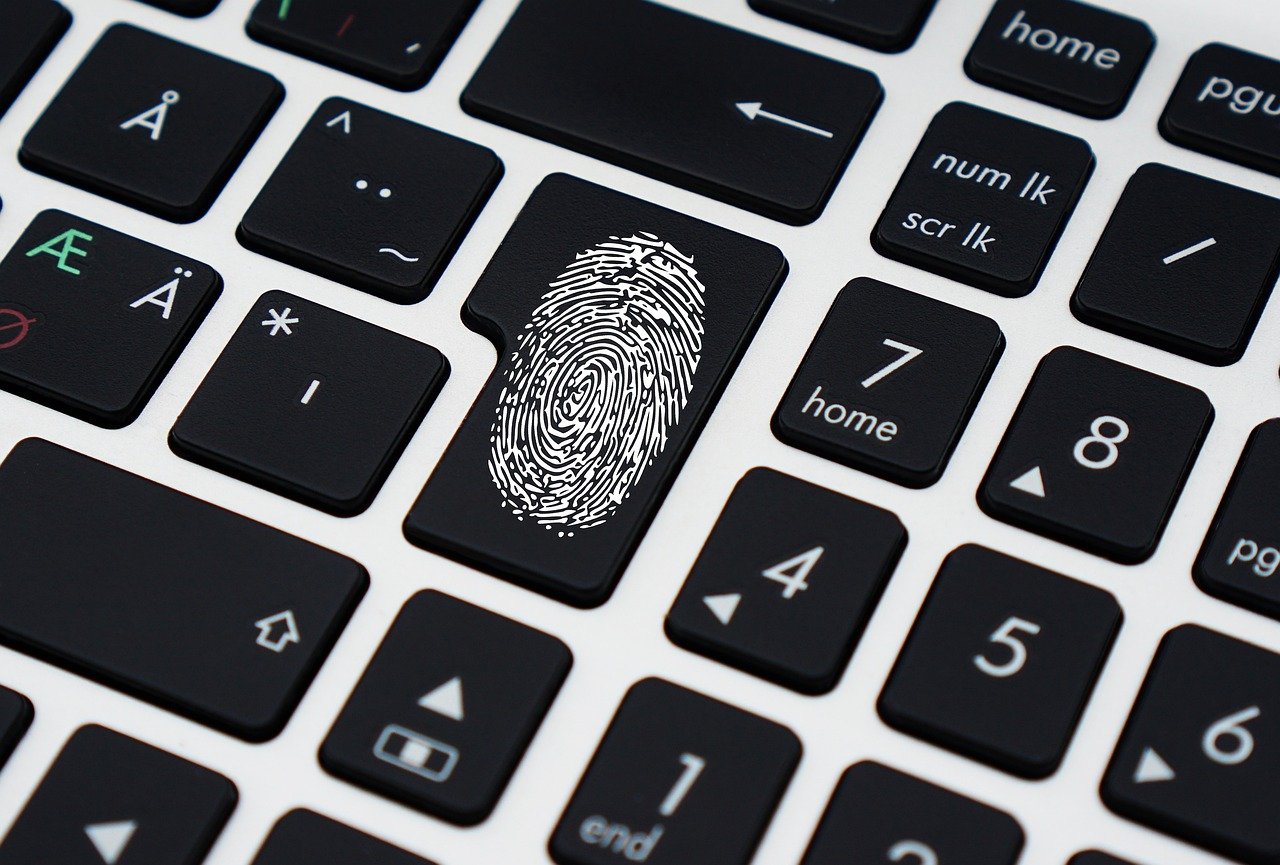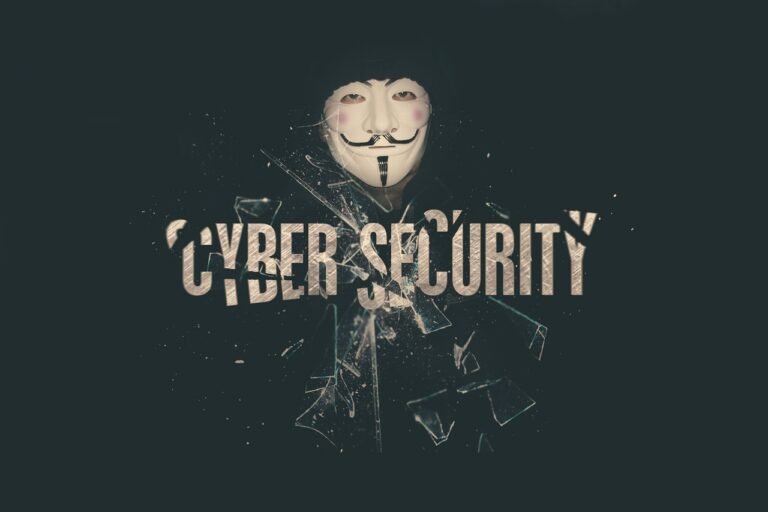264.68.111.161: What You Need to Know About This IP Address
In the digital age, IP addresses are like digital fingerprints—each one offering clues about its origin, purpose, and use. One IP that has sparked curiosity and inquiry among tech-savvy individuals is 264.68.111.161. While it might look like a regular IP address, many wonder about its legitimacy, origin, and what it signifies in the wider context of the internet infrastructure.
This article explores everything you need to know about 264.68.111.16.1, including its format, relevance, and how to understand IP classifications, cybersecurity, and network protocols in relation to it.
What is 264.68.111.16.1?
At first glance, 264.68.111.16.1 appears to be a standard IPv4 address. However, a closer inspection reveals a technical inconsistency: IPv4 addresses are composed of four octets, each ranging from 0 to 255. The number 264 exceeds this valid range, making 264.68.111.161 an invalid IP address in standard networking terms.
Also, explore Top 10 Budget-Friendly Trips on Travelsfornow.com
This kind of address often appears due to data entry errors, misconfigured servers, or as a placeholder in documentation. It is crucial to verify the authenticity of any IP address, especially when it might relate to malicious traffic, firewall rules, or network access controls.
Why Might 264.68.111.16.1 Appear in Logs or Reports?
Even though 264.68.111.161 is technically invalid, you might still see it in log files, security alerts, or blacklist databases. Here are a few reasons:
- Typographical Errors: Manual entries or logs may accidentally include an out-of-range IP.
- Spoofing Attempts: Hackers sometimes use fake IP addresses like 264.68.111.161 in attempts to obscure their true location.
- Debugging or Testing: Developers may use such addresses to test system responses to malformed inputs.
These scenarios are common in network administration and cybersecurity monitoring.
The Importance of Valid IP Addressing
Valid IP addresses are essential for the proper functioning of DNS resolution, packet routing, and firewall configurations. Systems that incorrectly interpret addresses like 264.68.111.161 could encounter routing errors, security loopholes, or application failures.
How to Handle Suspicious IP Addresses
If you come across 264.68.111.161 in any form, follow these steps:
- Validate the Format: Use an IP validation tool to confirm if the address is real or malformed.
- Check Logs and Context: Determine where the IP appeared and why.
- Audit Network Traffic: Use tools like Wireshark, Splunk, or Snort to detect abnormal traffic patterns.
- Report or Filter: If used maliciously, report it and create firewall rules to block similar patterns.
Potential Misuse of Invalid IPs
Addresses like 264.68.111.161 are sometimes associated with:
- Port scanning
- DDoS simulation
- Obfuscation in malware payloads
Because of this, system administrators and IT security teams must remain vigilant and implement proactive monitoring.
FAQs About 264.68.111.161
1. Is 264.68.111.161 a real IP address?
No, 264.68.111.161 is not valid under the IPv4 standard because 264 exceeds the maximum allowable value of 255 in any segment.
2. Why is 264.68.111.161 showing in my network logs?
It may be due to a data entry error, IP spoofing, or a malicious scan attempt. It’s important to investigate further with your network security tools.
3. Can invalid IPs like 264.68.111.161 pose a threat?
Yes. While technically invalid, spoofed IPs can still be part of cyberattacks, including DDoS, phishing, or unauthorized access attempts.
4. How do I prevent such addresses from affecting my system?
Use firewall rules, IP whitelisting/blacklisting, and network intrusion detection systems to block and monitor suspicious IPs like 264.68.111.161.
5. Is it safe to ignore 264.68.111.161?
Not always. If it appears repeatedly in logs or during unusual activity, treat it as a potential red flag and follow proper cyber hygiene protocols.
Conclusion
While 264.68.111.161 may not be a valid IP address, its presence in logs, systems, or online discussions often raises important concerns about network security, IP spoofing, and malicious behavior on the web. By understanding its invalidity and potential misuse, IT professionals can better protect their digital environments.
Always approach unknown IP addresses—especially invalid ones—with a mindset of caution, verification, and proactive monitoring. The more informed you are, the better you can protect your systems from cyber threats that exploit even the smallest oversights.




